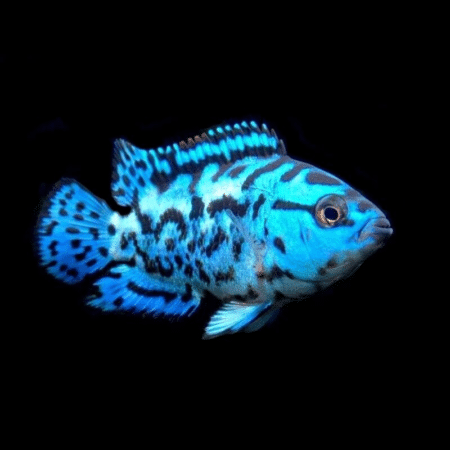To provide the best experiences, we use technologies like cookies to store and/or access device information. Consenting to these technologies will allow us to process data such as browsing behaviour or unique IDs on this site. Not consenting or withdrawing consent, may adversely affect certain features and functions.
The technical storage or access is strictly necessary for the legitimate purpose of enabling the use of a specific service explicitly requested by the subscriber or user, or for the sole purpose of carrying out the transmission of a communication over an electronic communications network.
The technical storage or access is necessary for the legitimate purpose of storing preferences that are not requested by the subscriber or user.
The technical storage or access that is used exclusively for statistical purposes.
The technical storage or access that is used exclusively for anonymous statistical purposes. Without a subpoena, voluntary compliance on the part of your Internet Service Provider, or additional records from a third party, information stored or retrieved for this purpose alone cannot usually be used to identify you.
The technical storage or access is required to create user profiles to send advertising, or to track the user on a website or across several websites for similar marketing purposes.


















Emily Carter (verified owner) –
I recently purchased the 4 X Poecilia Latipinna / Ballon Molly Mix Tropical Fish for my 55-gallon aquarium, and I couldn’t be happier! After carefully acclimating them over a few hours, they settled in beautifully and started exploring their new home within a matter of days. These Molly fish are not only stunning with their lovely colors and unique balloon shapes, but they also have such vibrant personalities that bring my tank to life.
Having kept various fish over the years, I can confidently say these Mollies are among the hardiest I’ve encountered. They’ve been thriving for over two months now, showing no signs of stress or illness, which really speaks to their health upon arrival.
Compared to other aquatic species I’ve tried in the past, like Guppies, the Molly fish have been much easier to care for and seem to enjoy their environment more. If you’re looking for a lively addition to your aquarium, I highly recommend these fish! Just make sure your tank is properly cycled and well-maintained, as they do appreciate clean water. Overall, this purchase has been a joy, and I would definitely buy them again!